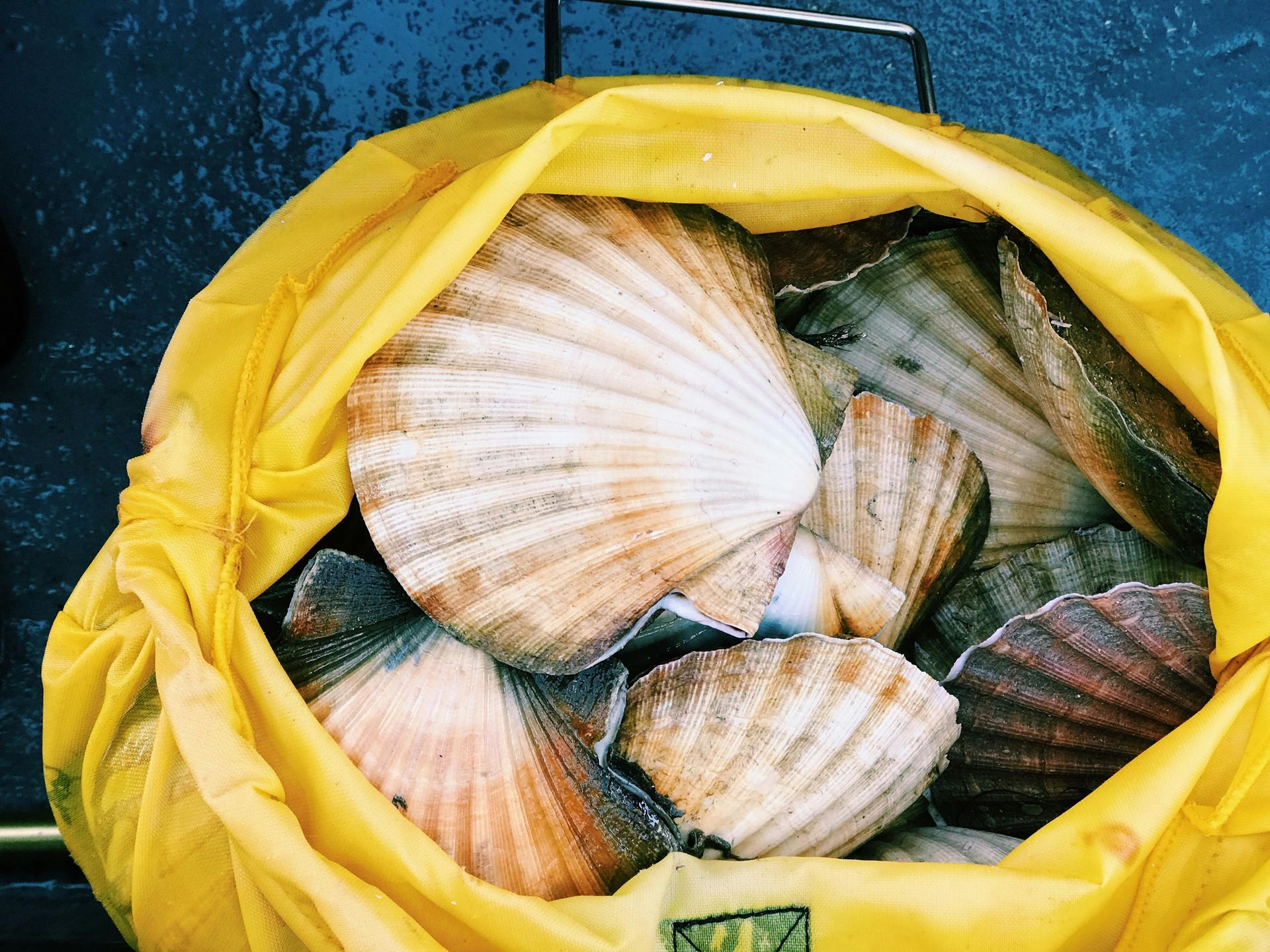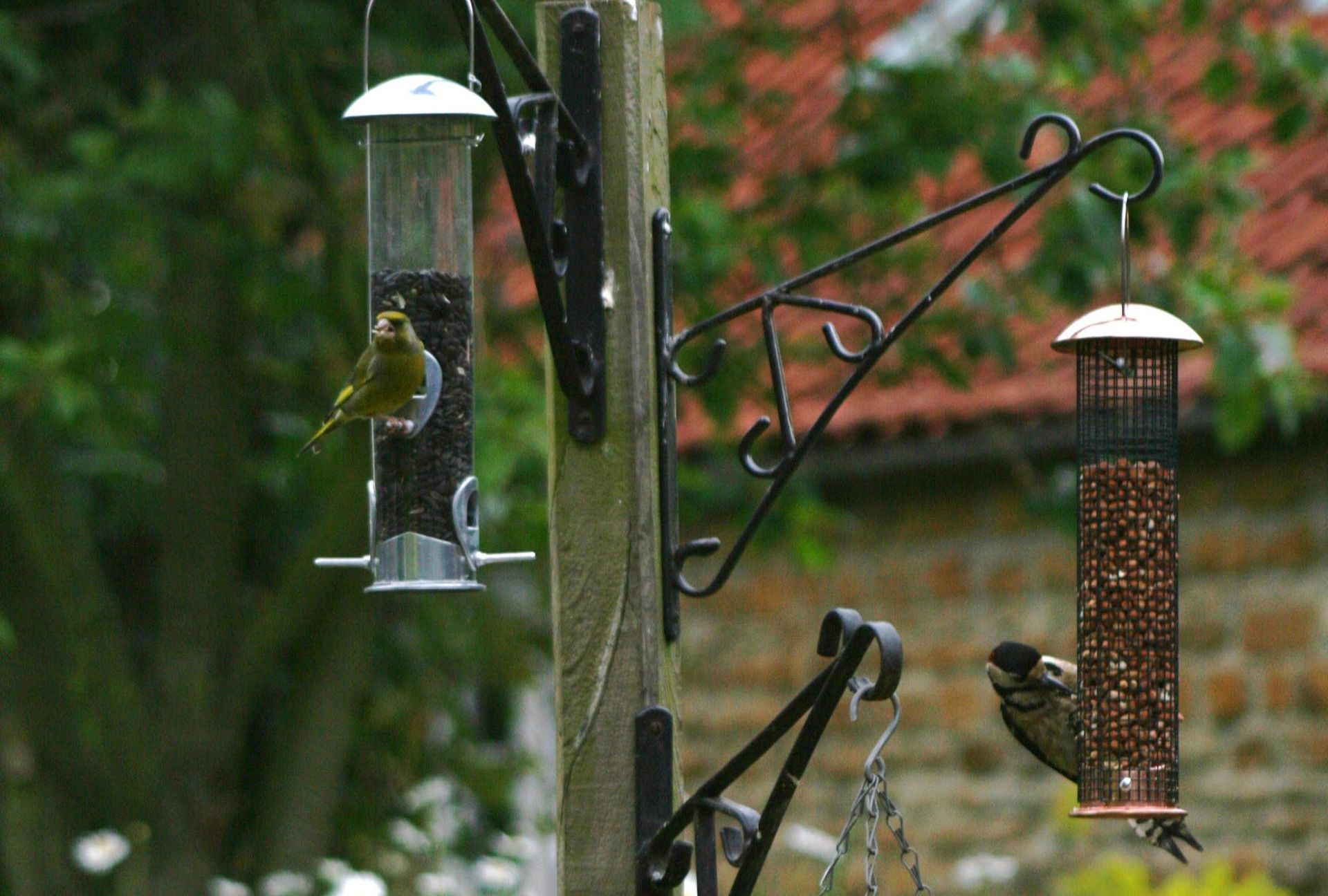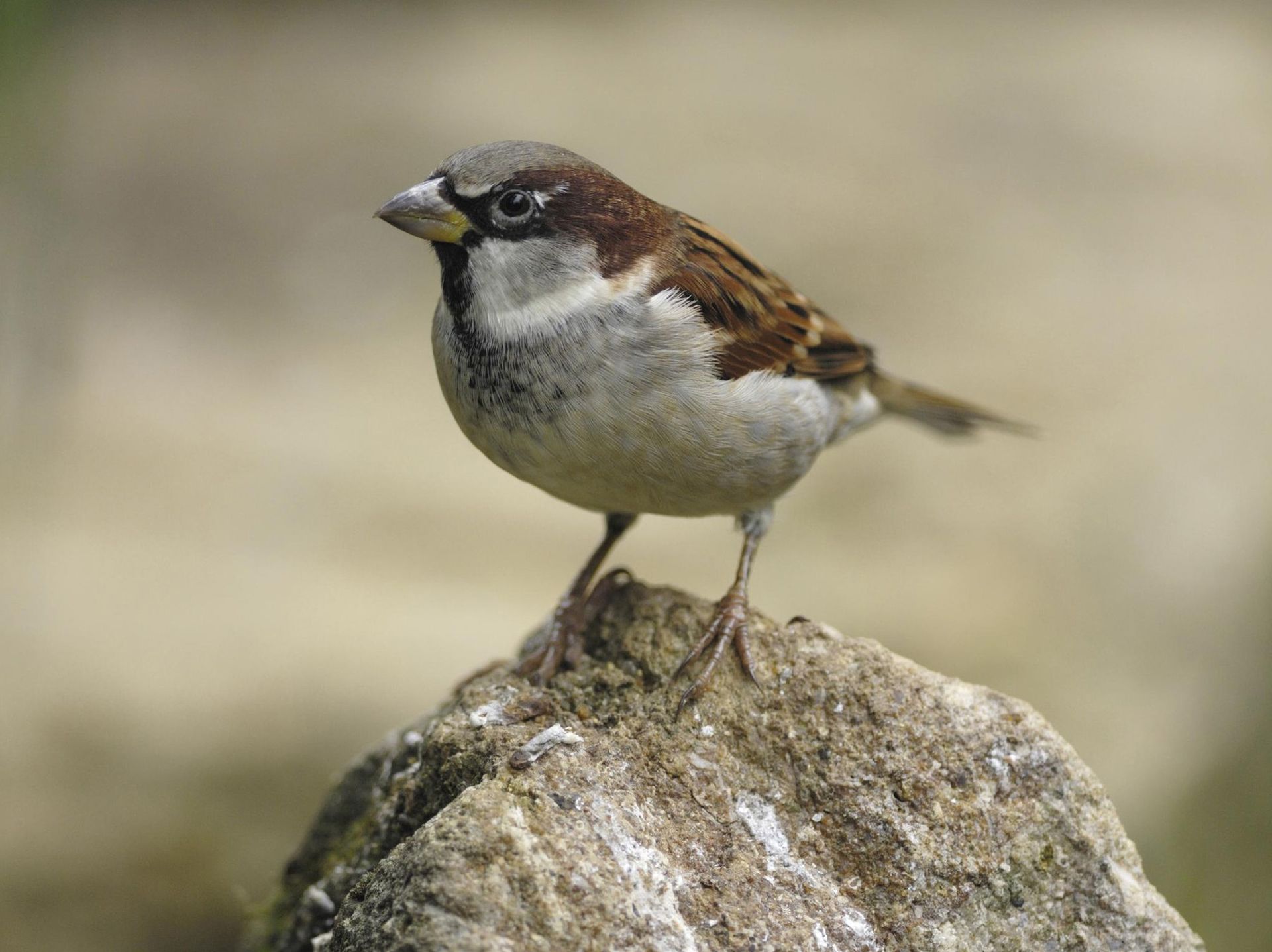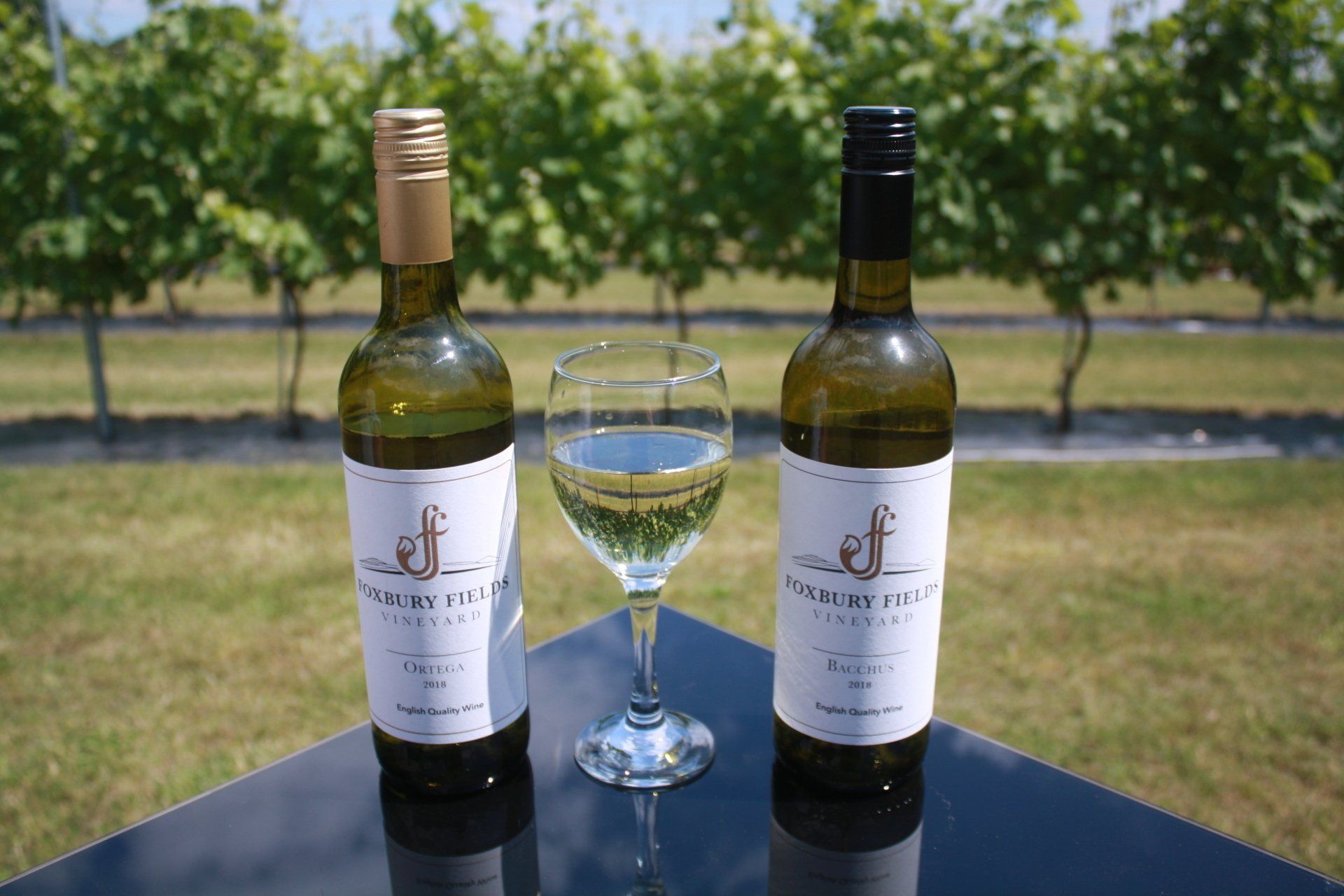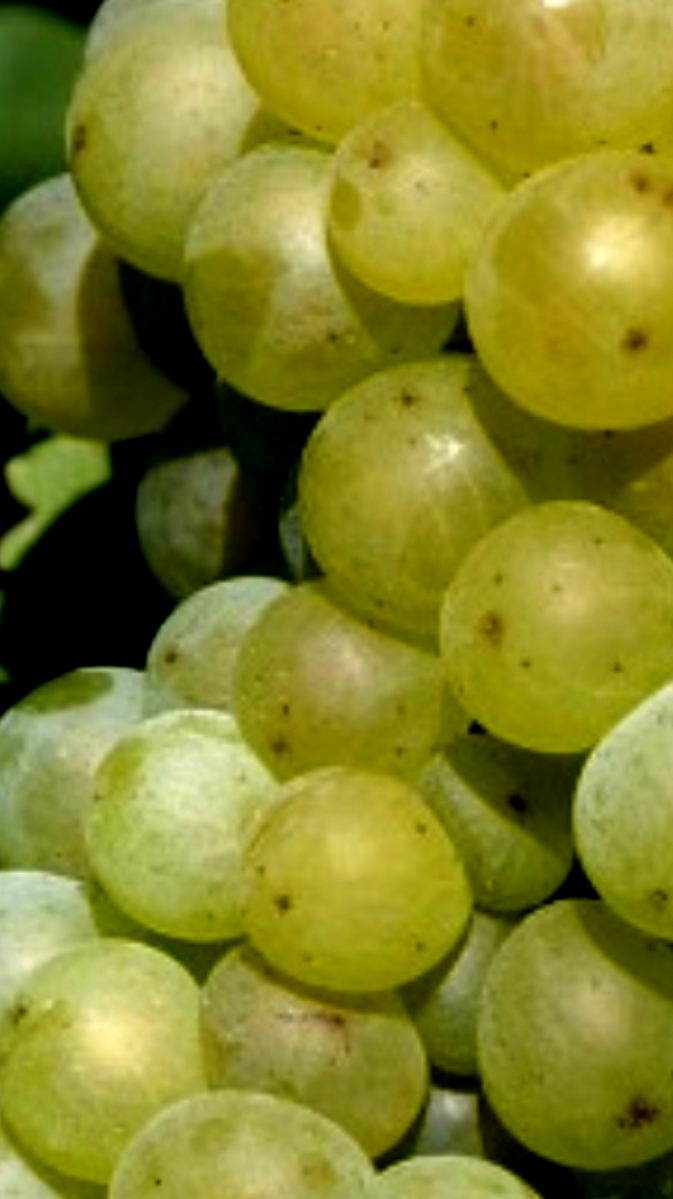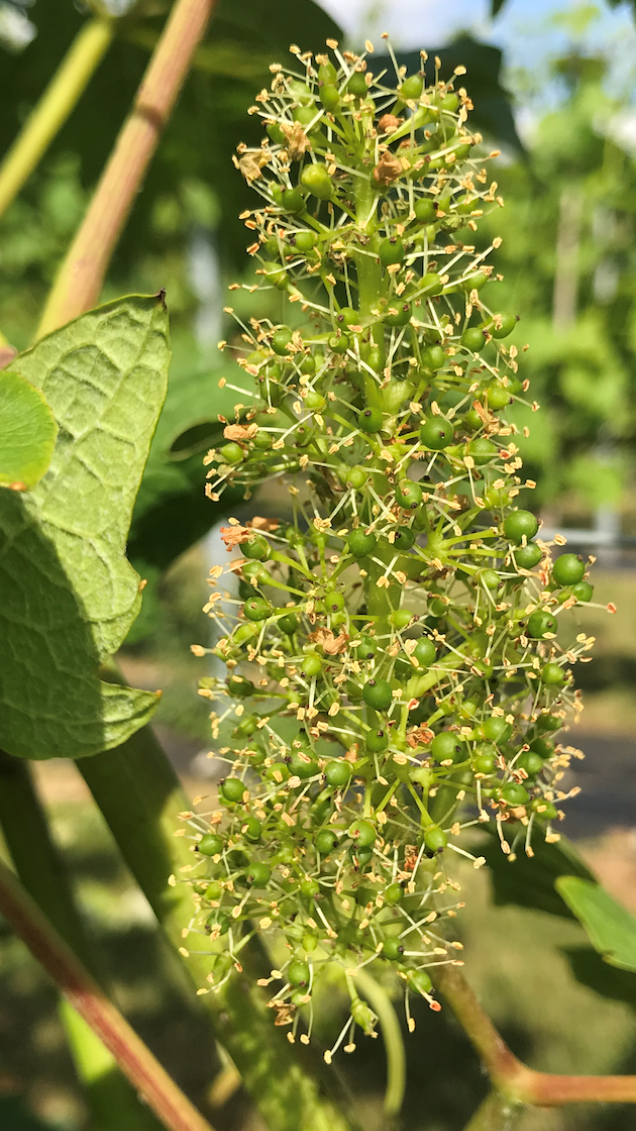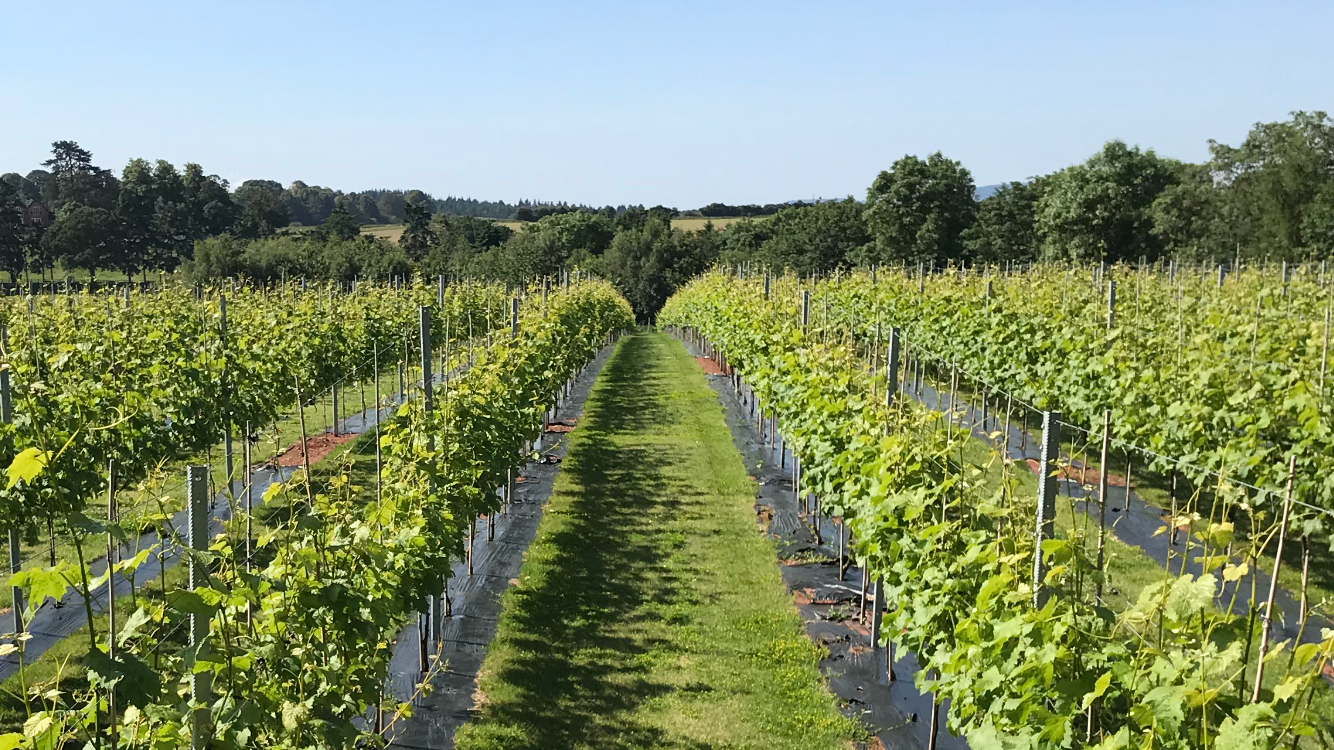2023 was a great year for British wines
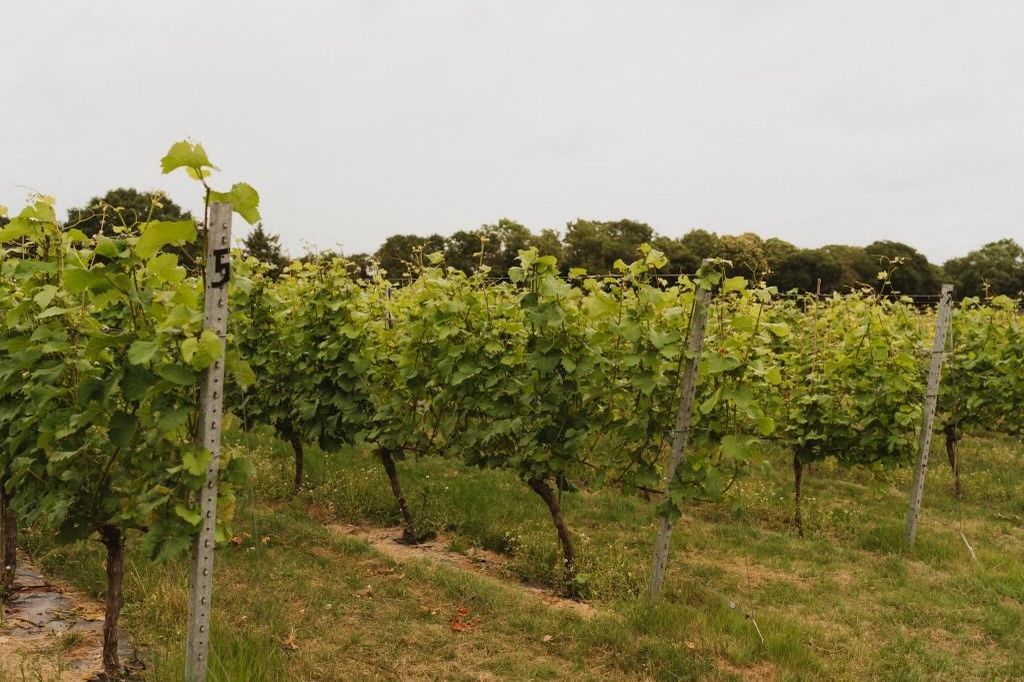
Last year was one of the best our sector has ever seen. Before this, 2018 had been our last bumper year.
WineGB, the industry body which we’re a member of, said 2023 was ‘near perfect’ for British wine production in terms of the weather, the subsequent harvest and the number of bottles produced.
So, it’s going to be interesting to see how we all fare in 2024, especially with the warmer and very much wetter start to the year we’ve had so far.
WineGB 2023 report
WineGB’s post-harvest report celebrated what it believed was the largest-ever grape harvest to date in England and Wales.
Conditions across the year were textbook for wine production.
There were virtually no spring frosts, perfect flowering weather in June and, despite July and August being overcast and generally wet, in September and October, we had some very welcome late heat, which aided the grapes.
‘Miracle’ harvest
This ‘miracle’ harvest was thought to have produced more than 20 million bottles nationwide and was 50% bigger than Britain’s previous record year in 2018.
Once again, this year, frosts have been few and far between so far, but there’s still time to get some late ones and we’ve no idea how much warm or sunny weather to expect.
WineGB said that top 25 per cent of vineyards recorded an average of 15.60 tonnes/-ha (6.31 tonnes/-acre) in 2023.
Best four grapes
The top four grapes that performed really well, with the average of all vineyards almost reaching 10 tonnes per hectare, were Chardonnay, Pinot Noir, Meunier and Bacchus.
Yields have also risen as more vines have been planted. In the last five years, hectarage has grown by nearly 75% and hectarage in production today is more than 1,000ha higher than in 2018.
How the data was gathered & compiled
The data was collected from WineGB’s members and was gathered via a voluntary survey that 132 vineyard owners responded to.
Producers and growers of all sizes, and across the wine growing regions in England and Wales, participated.
Between them these producers grow 2,000-ha of vines with 1,700-ha of four years’ old or more, and therefore in full production. This represents 50% of the anticipated national cropping area for 2023.
Stephen Skelton MW (Masters of Wine), who is a well-known UK viticulture consultant, compiled the report.

